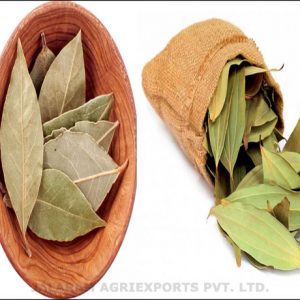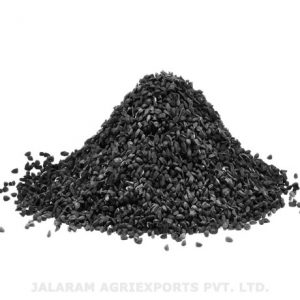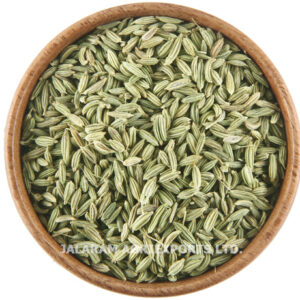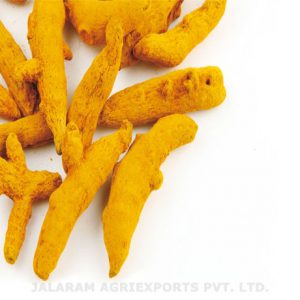Chilli Has Many Varieties Which Are Differentiated On Its Pungency Measured On Scoville Scale. Chilli Fruit When Ripened And Dried Becomes Red Chilli, Which Is Further Grounded To Form Red Chilli Powder.
India Is The World’s Largest Producer, Consumer And Exporter Of Chilli. Capital Investments In Cold Storage In The Chilli Growing Areas Give Sustained Production And Market Share For Indian Chilli.
India Is The Only Country That Caters to A Wider SHU And ASTA Specification Of A Buyer; Indian Chillies Have Many Uses Including Food, Confectionery, Cosmetics, and Pharmaceuticals.
The Colour ranges from Deep Red to Light Red. Harvest Of The Chillies In India Is Between Jan & April. IPM – Integrated Pest Management Is An Approach Which Is Ecological To Control The Usage Of The Pesticides In Chilli Farming. IPM Chillies Are Popular In Europe And Japan For Its Premium Quality And Pricing.
Red Chillies Contain Large Amounts Of Vitamin C And Small Amounts Of Carotene (Provitamin A). Yellow and Especially Green Chillies Contain A Considerably Lower Amount of Both Substances. In Addition, Peppers Are A Good Source Of Most B Vitamins, And Vitamin B6 In Particular. They Are Very High In Potassium, Magnesium, And Iron. Their Very High Vitamin C Content Can Also Substantially Increase The Uptake Of Non-Heme Iron From Other Ingredients In A Meal, Such As Beans And Grains.








